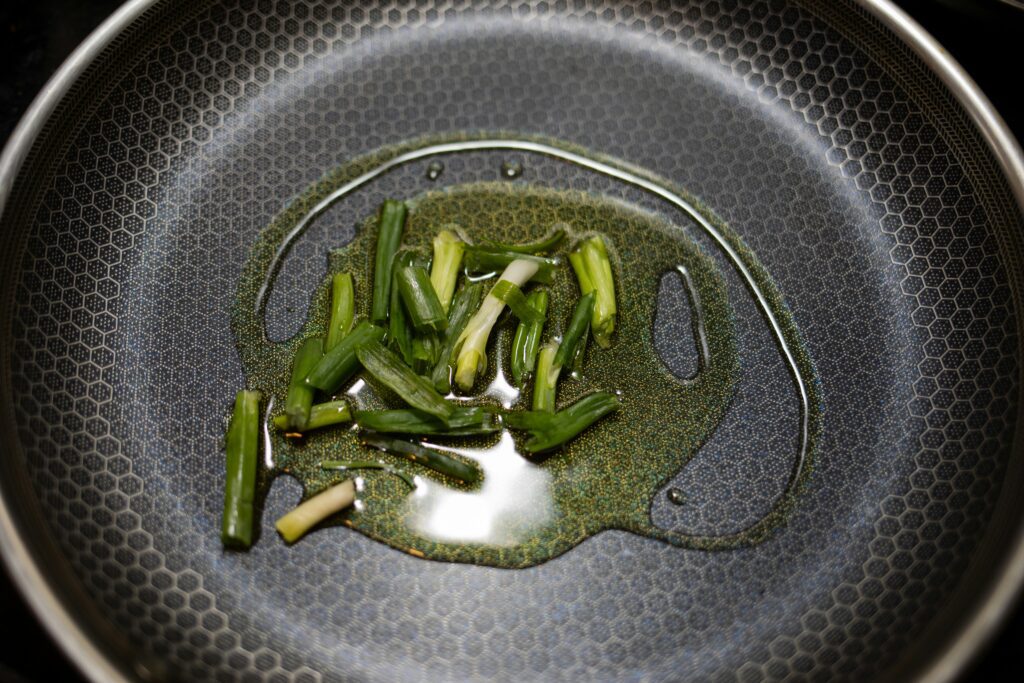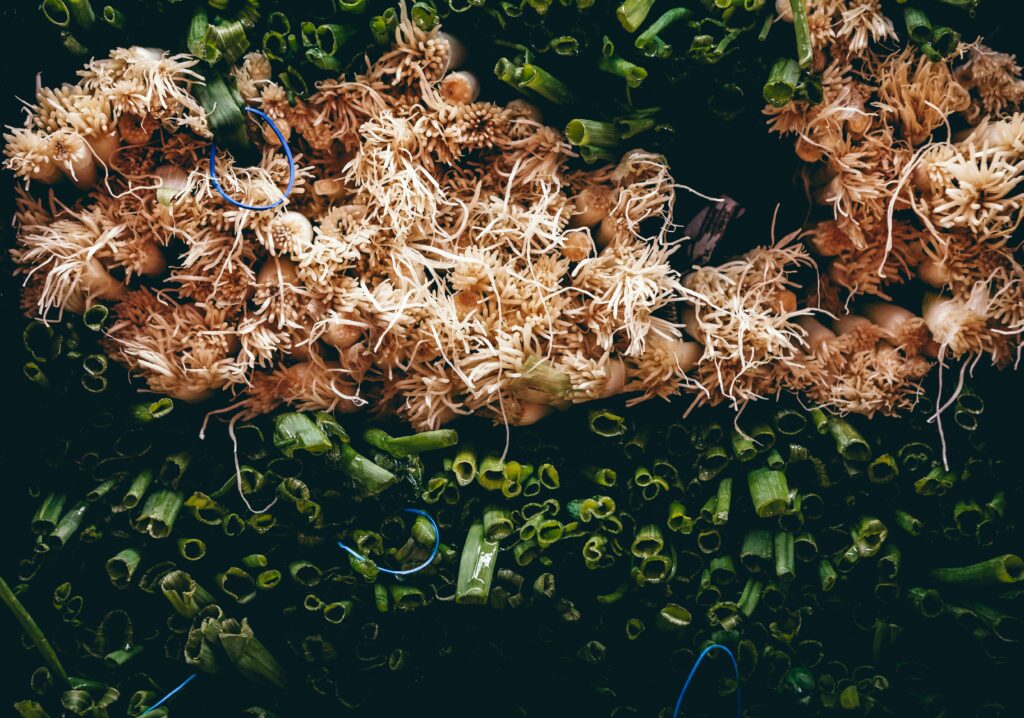Unraveling the Mystery: Scallions, Green Onions, and Their Culinary Kin
Embarking on a culinary adventure often involves deciphering the subtle differences between similar ingredients. Among these are scallions and green onions, which frequently lead to confusion in the kitchen. Alongside them, spring onions often enter the mix, adding to the conundrum. Here’s a breakdown to clarify these ingredients and how they fit into the tapestry of flavors in various dishes.

Scallions and Green Onions: Understanding the Twins
In the realm of cooking, scallions and green onions are often mistaken for two distinct types, but in reality, they are one and the same. These terms are used interchangeably to describe an onion variety characterized by long, slender green stalks and a small, white bulb. This particular onion falls under the Allium genus, which encompasses a range of kitchen staples including garlic, leeks, and chives.
Taste and Texture: The Delicate Balance
Scallions, known for their peppery yet mild taste, provide a nuanced flavor suitable for both raw and cooked dishes. Their taste carries subtle grassy notes with a hint of sweetness, softening the overall sharpness. For a gentler flavor, opt for smaller, younger scallions as opposed to their larger counterparts, which can be more intense. Cooking scallions tends to mellow their pungency, making them a versatile addition to a wide array of recipes.
The texture of scallions is largely influenced by how they are cut. Chopping them along their length results in crispy pieces ideal for adding a fresh crunch to dishes, whereas cutting across the stalks yields a softer texture. Immersing cut scallions in ice water can enhance their crispness, adding a refreshing element to salads and garnishes. However, maintaining the ideal texture requires a sharp knife to avoid crushing the cellular structure, which can release a stronger onion flavor.
Versatile Uses in the Culinary World
Scallions or green onions grace a variety of dishes with their vibrant color and dynamic flavor. They serve as an excellent garnish, adding a final touch of freshness to soups, stews, and buns. When incorporated into fillings, they impart a subtle oniony note without overwhelming other ingredients. These onions also make a fine addition to dressings, sauces, and marinades, especially when grilled, which brings out their sweetness and complexity. In starch-based recipes like noodle dishes, fried rice, and pancakes, scallions contribute a unique flavor and texture, typically added at the end of cooking to preserve their delicate properties.
Spring Onions: The Seasonal Relative
While often lumped together with scallions and green onions, spring onions are a distinct variety, recognizable by their larger, more developed bulbs. These onions have a more robust flavor compared to the milder scallion bottoms and are primarily found during the spring season. Their bold taste and substantial bulb make them a standout feature in both raw and cooked preparations.
Interchanging the Onions
Although spring onions possess a stronger flavor, they can replace scallions in cooked dishes where their more intense taste can be balanced by other ingredients. They excel when grilled or seared, serving as a flavorful accompaniment to main courses or as a standout element in salads and side dishes. When thinly sliced, spring onions can also be used raw, though their pronounced taste should be considered when adjusting quantities.

In conclusion, while scallions and green onions are culinary duplicates, spring onions stand apart with their distinct characteristics. Understanding these differences and similarities enables cooks to make informed choices, enhancing their dishes with the appropriate onion type to complement each culinary creation.
